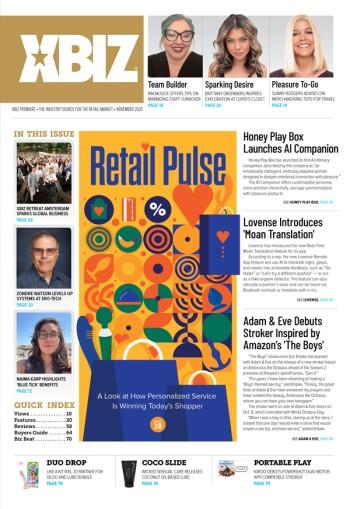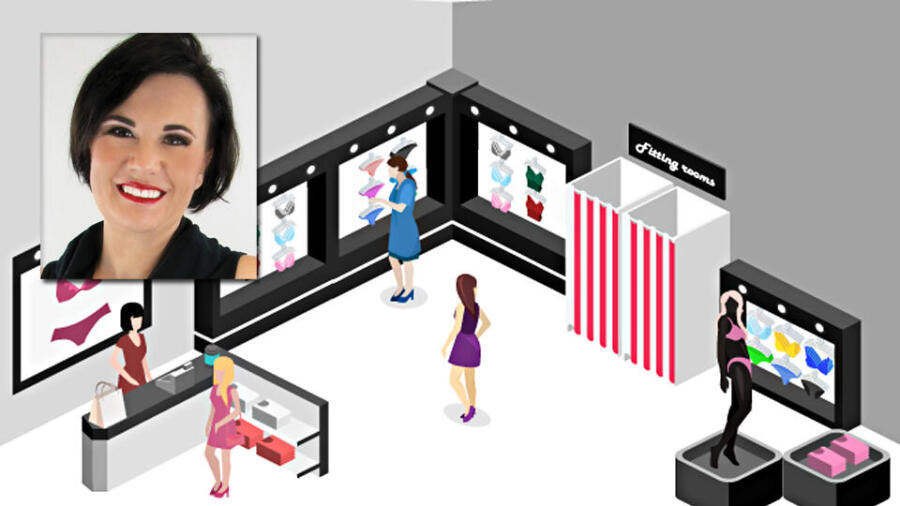Sales friction is any obstacle that may stand between the customer buying something or not. Think of the ease of shopping, checkout process, payment options, etc. Anything that may give a customer who is contemplating their purchase, the reason they needed to walk away.
Sometimes this type of friction is out of your control. Just the other day, I couldn’t find parking, left my original destination, and completed my purchase at their main competitor. I was confident it would be easier to park, and they would have what I needed. Was it an earth-shattering purchase? No, but random $50 purchases add up fast and they gained a customer who spends repeatedly. Knowing how convenient this new location is, I will probably keep going there. This article isn’t about me but illustrates how an easy inconvenience could cost you a customer. Sales trivia — it costs five times more to gain a new customer as it does to keep a current one. Forbes said it, I believe it.
The three main sources of friction in the retail environment are store organization, shopping culture, and checkout process.
Positively speaking, a lot of this “friction” can be eliminated. This is as true for B2B as it is for every level of retail. Remove yourself from the equation and look at some of the below options as ways to reduce friction on the sales floor while streamlining customer service.
The three main sources of friction in the retail environment are store organization, shopping culture, and checkout process.
Store organization goes beyond the way items are categorized on the shelf. It’s the little details that impact first impressions. Making the sales floor an easy layout to understand for customers — whether it’s their first trip in or they have been long-term customers — should be a consistent guide when merchandising. Signage doesn’t always have to be fancy and expensive. Websites are available that allow you to design and print for minimal charges, and inexpensive frames or acrylic holders are easy to procure from discount retailers. Showing consistency in signage and store messaging establishes credibility with customers and gives a polished presentation for shoppers. Ask yourself questions that you may have become desensitized to. If this were my first time in this store what would my potential first impression be? Ask a friend to secret-shop with a task list. Send them on a treasure hunt in the store to find certain items and see how easy it is for them. Work smart, not hard. Ask your distributors or manufacturers for the specific signage you are looking for. Ask for their recommendations on what seems to work in similar stores. You may not be able to afford a full planogram, but you can take the essential elements to recreate your own version. Manufacturers, your showroom is your sales floor, same theory applies. If this was a brand-new customer, does your showroom have a clean presentation with a message behind it on what makes you different? Is it easy for customers to pick out and identify brands?
Shopping culture can mean something different to everyone. From a corporate training perspective, it addresses associate behaviors and interaction on the sales floor. This is tricky to navigate, I don’t know if there is a right answer, but the best answer is having options. Some people do not want to be helped on the sales floor, and any more than a hello will chase someone off. Others demand the help of every associate working. Finding the balance to maintain floor presence while trying to prevent friction from human interaction can be a daunting task. Sales friction in general occurs in forcing customers to engage with store associates. For a population that spends most of their time focused on communication via cell phones or laptops, human interaction can be intimidating. For example, there’s the shopper that makes eye contact when you greet them and say hi, but they don’t say hello or greet you in return. Rude perhaps, but it speaks to a social skill level we are dealing with. Look at ways you can provide basic FAQs for customers in non-verbal form. Store cultures that have consistent verbiage on the sales floor can help shy or cautious shoppers from feeling singled out. It also helps alert shoppers that are exhibiting risky behavior by making them aware that you are watching them.
Assisting the customer through the check-out process is like escorting your favorite team across the goal line! Success has never tasted sweeter … so close. Transactional technology has come a long way in the last few years. Stores are no longer hostages to oversized cash wraps with bulky registers. Tools like iPads, apps on phones, Square payment, and other online resources allow associates to keep the buying cycle in process without relying on a cash wrap area. iPads are expensive but other tablet-type devices can be very affordable if that is a route that interests you.
How long does it take customers to check out in your store compared to similar businesses? Utilizing tools for customers to enter their own data and information helps not only remove a layer of potential friction but also can have a higher success rate than verbal capture. Getting through the checkout process in adult stores can be lengthier due to product quality testing that goes into the transaction. If testing products is something you do, where can you shave off some time in other parts of the transaction. Could the customer be using your iPad at the desk to input their info while you are testing the toys? Do you have a specific toy testing area set up that makes it easy to pop in the batteries, or plug in the toy without it being a time-consuming process? The customer could walk to the register and be rung up and out the door in a few minutes. You have delegated the quality testing and info capture to other parts of the sale.
We love retail because it’s an ever-changing landscape that is constantly challenging us. We are in a cycle to do better and be better, but it takes outside-the-box thinking to keep a fresh perspective. Critical resources like tablets, app availability, Square payment, social media, etc., are amazing tools to help streamline store processes. These tools to achieve success are becoming more affordable and are often free. It just takes some creative thinking to decide how to leverage these resources to work for you! Friction-free shopping is another way to modernize today’s retail experience that translates across both physical locations and online stores.
Danielle Seerley, aka “America’s Sex Toy Sweetheart,” is the senior sales executive for Shibari Wands and Voodoo Toys.








